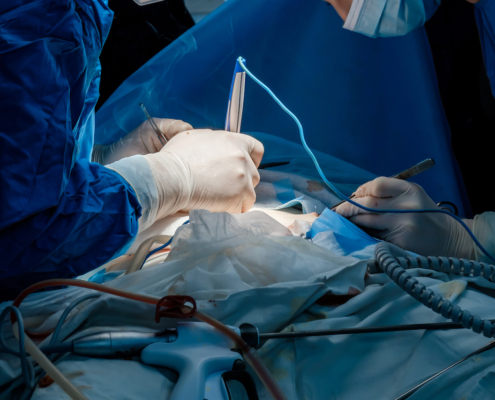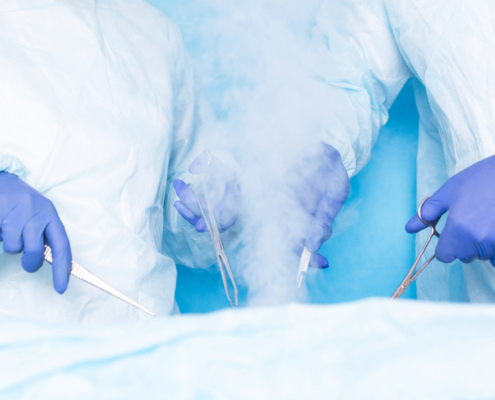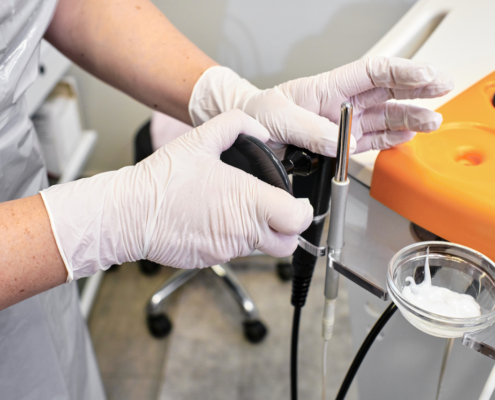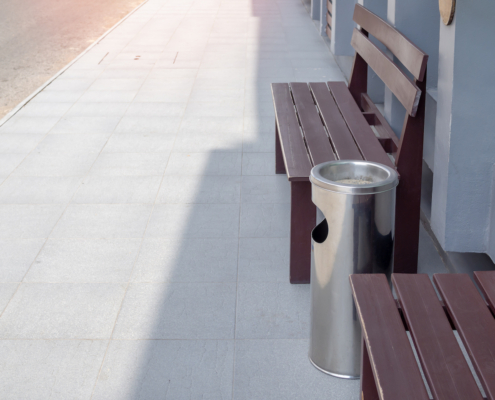We carry out workplace exposure monitoring for teams in maternity labour suites in hospitals and birthing centres across the UK.
We carry out workplace monitoring for labour wards in hospitals and birthing centres across the UK.
In a delivery suite, Entonox (gas and air) is self-administered by the patients and this can result in high levels of Nitrous Oxide being released into the environment.
As the maternity team will tend to move in and out of delivery rooms and other areas, we use personal sampling tubes to monitor staff exposure to Nitrous Oxide throughout their shift.
Personal sampling tubes are worn by staff for the duration of their shift, allowing us to get an accurate record of their individual exposure to Nitrous Oxide.
These tubes are then analysed to determine the amount of Nitrous Oxide the staff members have been exposed to. Measured exposure is compared to the Workplace Exposure Limit, (100 ppm for nitrous oxide) to ensure that exposure is compliant with the COSHH Regulations 2002 (as amended). If high exposures are measured, suggestions for reducing exposure will be made.
On completion of monitoring, a comprehensive report is produced which outlines the results, any issues and recommendations for further action
For more information on our personal sampling service for maternity departments click here or call us on 0333 015 4345 for a quote.

 https://cairntechnology.com/wp-content/uploads/2022/11/PatientSafetyShowblogDec2022.png
476
476
Sarah Clements
https://cairntechnology.com/wp-content/uploads/2023/06/Cairn-logo_RGB-compact-3.jpg
Sarah Clements2022-12-29 03:42:352022-11-29 16:13:50The Patient Safety and Infection Prevention Show 2023
https://cairntechnology.com/wp-content/uploads/2022/11/PatientSafetyShowblogDec2022.png
476
476
Sarah Clements
https://cairntechnology.com/wp-content/uploads/2023/06/Cairn-logo_RGB-compact-3.jpg
Sarah Clements2022-12-29 03:42:352022-11-29 16:13:50The Patient Safety and Infection Prevention Show 2023





